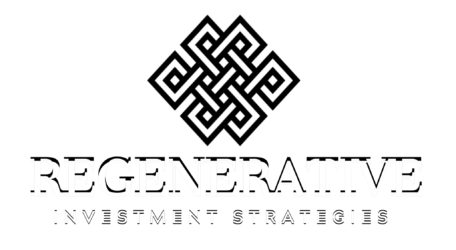I have been doing a lot of work on how to relate what and how we consume everything else around us with how we consume financial services. The great divide has been rooted in equal parts in a lack of understanding that the same rules could apply, and in a belief, misguided I will assert, that the sole objective of investing should be financial return.
Maybe this is a byproduct of well-intentioned but heavy-handed regulation, and maybe some of it is the cowardice of investment professionals and fiduciaries who do not want to take a single step outside of the lines inside which they are protected when delivering mediocre or even inferior results. “Here is food. It is nutritious and diversified and portioned according to the US recommended daily allowances. I understand it doesn’t taste good, but my responsibility wasn’t to make sure you enjoyed it. It was to make sure you don’t die of starvation.” We don’t consume anything else where the bare minimum is also the maximum expectation.
There is no reason, even in a well regulated environment, that consumer behaviors that apply elsewhere shouldn’t apply to investing. A movement back to the way we used to make and consume, local and artisanal, is afoot. We want to see the supply chain. We want to know where things came from, that those things were sustainably and responsibly obtained, that they are healthful and mindful, and that they support our local communities. That small-batch mentality, from arts and crafts to food to beer to clothing, has taken hold particularly with Millennial consumers. A local, sustainable, community-oriented focus is available in investment products as well. Read my latest article in CityWire USA pro buyer magazine on how investing small helps to foster sustainability and serve consumer demands while still delivering on core investment mandates.

